What is lime and how is it different from lemon?
Limes and lemons are popular citrus fruits in cooking. They are added to dishes to give a delicate aroma and a fresh, sour taste, and used as a snack for alcoholic drinks. Various cocktails are prepared from fruits: Portuguese sailors in the past began to add citrus juices to alcoholic drinks.
Although limes are genetically similar to lemons, they are different plants. Let's look at the difference between lime and lemon, how they grow, and which of these fruits is healthier.
What is lime
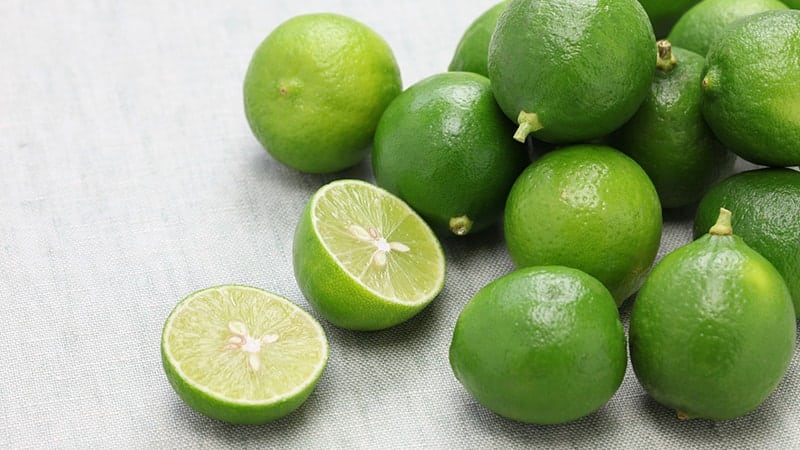
This is a species of the genus Citrus and its fruit of the same name. The fruit is often confused with lemon, so let’s look at a few points right away:
- Lime Is this an unripe lemon? No, this is a separate species.
- This is not the result of crossing different crops, but an independent species of citrus plants. Lemon, according to scientists, is a spontaneous hybrid of citron and bitter orange.
- Depending on the variety, limes are green or yellow, but usually the peel and pulp are green.
Exists many plant varieties. The most popular of them:
- Mexican - a real sour lime with a green thin peel and juicy pulp, the most common;
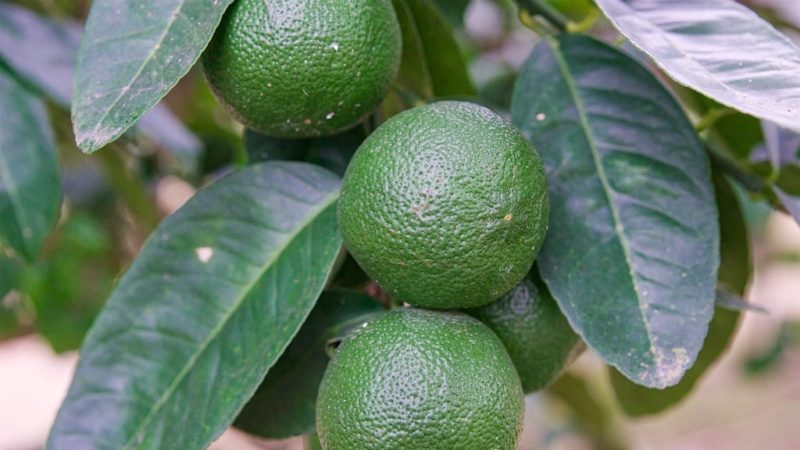
- Persian - a small oval-shaped fruit with pale yellow skin and greenish juicy pulp, sour in taste;
- Palestinian - a spherical or oval-shaped fruit with a smooth yellowish peel and pulp of the same color, tastes fresh, without acid or bitterness;
- Neopolitanum - one of the oldest varieties, green fruits with thin skin and juicy, sour, seedless pulp, valued in cooking.
Citrus became the basis for the creation of hybrids: limequat (lime + kumquat), limona (lime + lemon), etc.
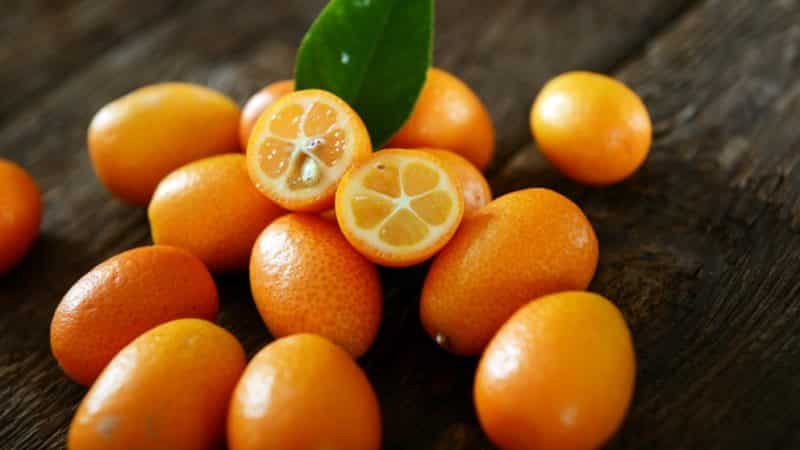
When is lime season and where do they grow?
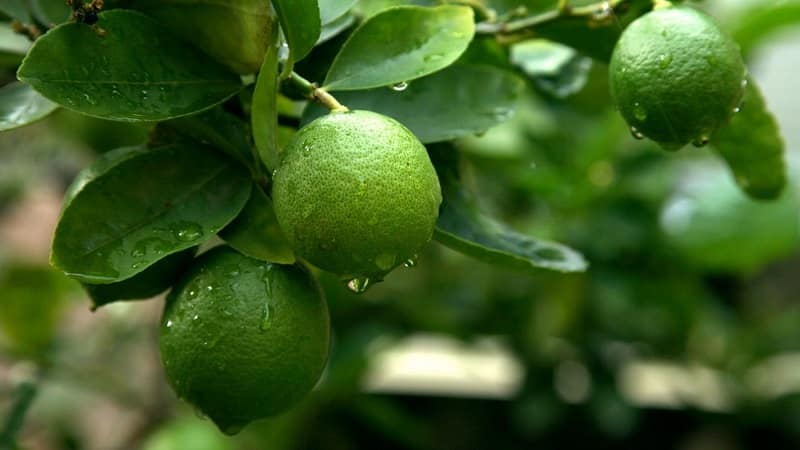
The culture grows in tropical zones up to 1000 m above sea level. It is adapted to humid tropical climates, which cannot be said about lemon.
Reference. The Malacca Peninsula (South-East Asia) is considered the plant’s homeland.
The plant is widely cultivated in India, Brazil, Venezuela, West African countries, Myanmar, and Sri Lanka. However, the fruits on the international market come mainly from Mexico, Egypt, India, Cuba and the Antilles.
The citrus season is year-round, meaning flowering and ripening occurs throughout the year. Mass flowering is observed from the beginning of the rainy season in May–June, and the main harvest is harvested in August, September and October.
What is the difference between lime and lemon
A common misconception is that a lime is an unripe lemon. Both plants belong to the same genus and are considered genetic relatives, but that’s where their similarities end. The citrus fruits themselves, their fruits and fruiting periods vary.
Appearance
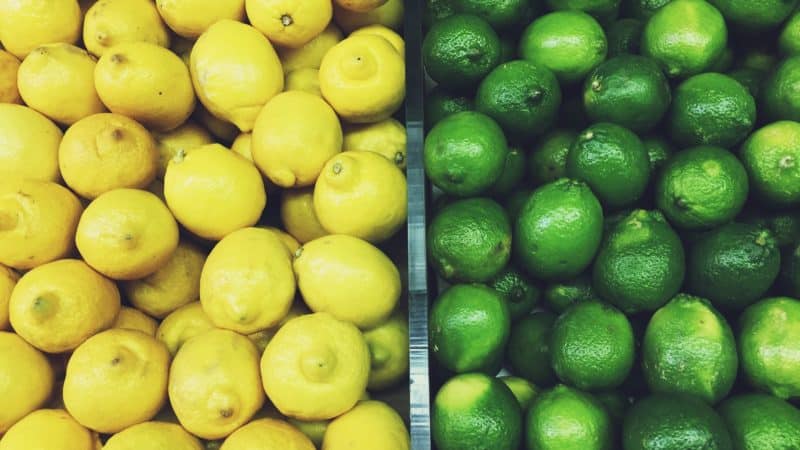
Lime grows in the tropics and is a small tree or shrub 1.5–5 m high with a dense crown. Lemon prefers subtropics, its height is 5–8 m, the crown is pyramidal or spreading.
Lime bears fruit throughout the year, lemon bears fruit once, in the fall. The differences between the fruits are presented in the table.
| Description | Lime | Lemon |
| Shape and size | Small, 3.5–6 cm in diameter, round. | Small, 4–6 cm in diameter, oval. |
| Peel | Glossy smooth, very thin when fully ripe.
The color is uniform, rich green or yellowish-green. |
Lumpy, porous and thin, difficult to separate from the pulp.
Yellow color. |
| Pulp | Very juicy and dense, green in color. | Juicy, yellow. |
| Bones | Little or none. | Enough. |
Taste
Another difference between lime and lemon is taste. The latter has a pronounced sour, subtle citrus aroma. The first one tastes very sour, with a characteristic bitterness. The citrus aroma is pronounced, sharp and fresh.
Properties
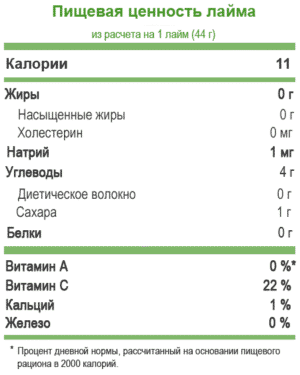
Both fruits contain many useful substances, but compound theirs is not identical. Let's determine the difference between lime and lemon in terms of chemical composition.
Both contain beta-carotene, vitamins E, C, B1, B2, B3 (PP), B4, B5, B6, B9. Lemon contains more ascorbic acid (40 mg per 100 g versus 29 mg in lime).
The mineral composition of the fruits is similar. Both contain calcium, potassium, iron, magnesium, phosphorus, sodium, zinc, copper, manganese, selenium. Lemon contains many times more copper (240 mcg per 100 g versus 65 mcg in lime).
Due to its rich composition, fruits have many beneficial properties:
- replenishment of vitamin C deficiency in the body;
- strengthening the immune system;
- improved digestion;
- normalization of metabolic processes;
- reduction of fatigue, irritability, anxiety;
- normalization of the cardiovascular system.
Citrus fruits are recommended for toxicosis in pregnant women, for the treatment and prevention of vitamin deficiencies, acute respiratory infections and acute respiratory viral infections, diseases of the gastrointestinal tract, etc.
Both fruits are actively used in cosmetology. They are used to produce products for whitening and cleansing the skin, strengthening hair and nails, restoring damaged skin, smoothing wrinkles, toning and growing new cells.
Which is more sour - lemon or lime?
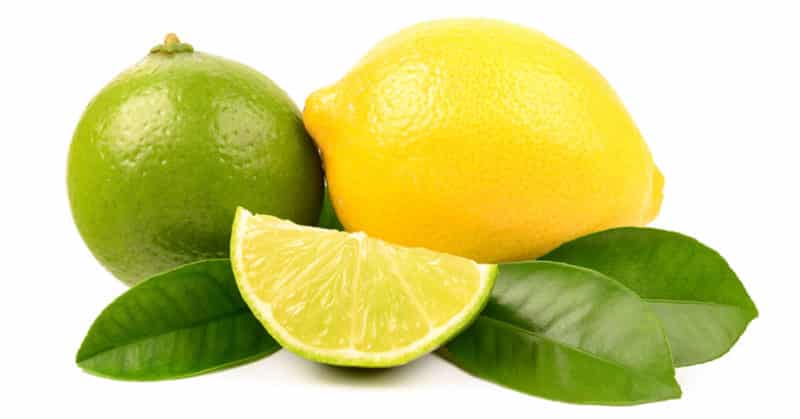
A more sour lime, it has a characteristic bitterness. The taste and aroma are more pronounced.
It is impossible to determine which fruit is better. Both contain almost the same vitamins and minerals, which means they are equally beneficial for the body.
Reference. When cooked, most of the vitamin C is destroyed. To extract maximum benefits, fruits are best consumed fresh.
The main criterion for choosing a fruit is everyone’s preferences. When purchasing, it is important to evaluate the appearance of the fruit. The main signs indicating maturity and quality:
- smooth surface without pits and tubercles;
- elasticity, but not hardness;
- the peel is uniformly green (for lime) and yellow (for lemon);
- fresh aroma.
Store fruits in the refrigerator in the freshness zone. Shelf life in the cold is 3 weeks, at room temperature - 1 week.
This is interesting:
Kaffir lime - what kind of plant is it?
How to grow lime from a seed or cutting at home
Lime juice and concentrate: composition, properties, use, contraindications
Conclusion
The citrus genus is replete with a wide variety of plants, in which it is easy to get confused. Therefore, clarifying questions often arise: for example, what is lime and how does it differ from lemon, are they the same thing or not, which of them is more sour.
Lime is a separate species, genetically similar to lemon. Unlike the yellow juicy and sour fruit, lime is green, its pulp is more juicy and sour, with a bitter taste.